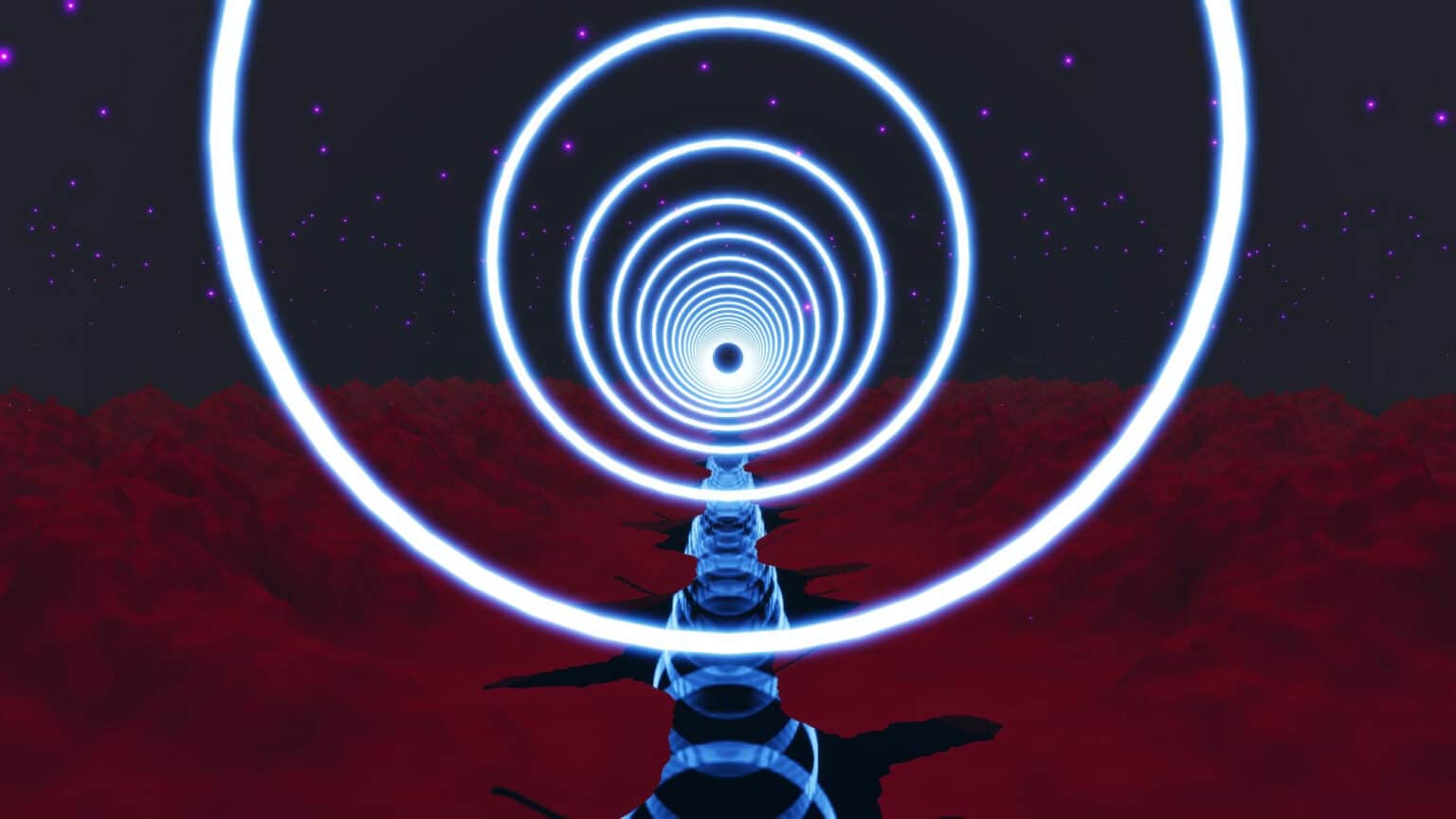The field of astronomy underwent a revolution recently with the discovery of thousands of new exoplanets or planets outside our Solar System. Naturally, this begs the question: are any of these exoplanets conducive to life?
The conditions required to support life in these distant worlds are complex and multifaceted. However, astronomers believe one crucial factor for life on distant planets is magnetic fields, similar to Earth. So, how commonplace are magnetic fields on Earth-like exoplanets?
Astrophysicists John Sebastian Pineda and Jackie Villadsen recently observed a repeating radio signal emanating from YZ Ceti, a red dwarf star only 12 lightyears away from Earth. The radio emissions reveal possible magnetic interactions between the star and its close-orbiting rocky exoplanet, YZ Ceti b. Their research was published in the journal Nature Astronomy on April 3, 2023.
“We saw the initial burst and it looked beautiful,” says Pineda in an NSF press release. “When we saw it again, it was very indicative that, OK, maybe we really have something here.”
- Advertisement -
In their paper, Pineda and Villadsen write that they detected several radio bursts between two and four gigahertz in frequency emanating from YZ Ceti b. The researchers believe these radio waves came from interactions between the star and the exoplanet, revealing the possibility that YZ Ceti b has a magnetic field like Earth’s.
How does a planet’s magnetic field make life possible?
A planet’s magnetic field affects its habitability because it can shield the planet from cosmic rays and solar wind. Cosmic rays are comprised of highly energetic charged particles from outside our Solar System. Excess exposure to cosmic rays can harm living organisms, and a magnetic field deflects these particles away from the planet’s surface.
Solar wind refers to a stream of charged particles ejected from a star and can strip away a planet’s atmosphere over time. A planet’s magnetic field helps shield the planet from solar wind and preserves its atmosphere, a necessary requirement for habitability.
Mars is an excellent example of what happens when a planet’s magnetic field diminishes. Although Mars is cold and inhospitable today, scientists believe it had a thicker atmosphere in the past. In fact, features like dry riverbeds indicate Mars boasted an atmosphere thick enough to carry abundant surface water and had conditions conducive to life.
So how did it become a barren desert planet? Astronomers believe its core may have cooled and solidified, weakening its magnetic field and thinning out its atmosphere over time.
How did the researchers detect YZ Ceti b’s magnetic field?
This is not the first time scientists discovered an exoplanet with a magnetic field. That honour goes to an international group of researchers who discovered a magnetic field on HAT-P-11b, a Neptune-sized exoplanet 123 lightyears away, back in December 2021.
However, detecting magnetic fields on smaller rocky Earth-sized exoplanets, like YZ Ceti b, is more challenging. Pineda and Villadsen got around this because the exoplanet was very close to its host star. YZ Ceti b completes a full orbit around its star in only two days. As a reference point, Mercury—the planet closest to our Sun in our Solar System—has a planetary orbit of 88 days.
When plasma from the star collides with the exoplanet’s magnetic field, it then interacts with the star’s magnetic field. This interaction generates radio waves strong enough to be detectable by observatories on Earth.
- Advertisement -
A familiar phenomenon occurs on Earth. Our Sun ejects high-energy particles that bombard Earth. The interaction between those ejections and Earth’s magnetic field and atmosphere creates the aurora borealis, also known as the Northern Lights.
The interactions between YZ Ceti b and its star also produce an aurora; however, the difference is that the aurora is on the star itself. “We’re actually seeing the aurora on the star — that’s what this radio emission is,” explained Pineda in an NSF press conference. “There should also be aurora on the planet if it has its own atmosphere.”
Is there life on YZ Ceti b?
To be clear, no one is saying there is life on YZ Ceti b. In fact, astronomers believe the chances of finding life on YZ Ceti b are extremely low. The exoplanet is too close to its star to be within the habitable zone.
Astronomers define a star’s habitable zone as the distance from a star at which liquid water could exist on an orbiting planet’s surface. If a planet is too close to its star, its surface will be too hot, and its water will evaporate into space. Conversely, if a planet is too far from its star, the water on its surface will be icy and solid. The habitable zone is also known as the Goldilocks zone because it represents the region that is “just right” for liquid water.
Astronomers believe liquid water is integral to life, or at least life as we know it, for various reasons. Water is a universal solvent that can remain liquid over a large temperature range. In liquid form, water can transport dissolved substances and thus convey materials around cells, organisms, and ecosystems.
What does this mean for the future of astronomy?
Although YZ Ceti is likely uninhabitable, the new research results have garnered excitement in the field. YZ Ceti b’s magnetic field may be similar to one that allows Earth to be conducive to life. Therefore, perhaps magnetic fields are commonplace on rocky Earth-sized exoplanets. These results paint an optimistic picture of extraterrestrial life in our Universe.
Pineda and Villadsen plan to use their research as a foundation to study star-planet interactions. They hope to use the technique employed on YZ Ceti b to find other exoplanets and their potential magnetic fields.
YZ Ceti b is the best candidate yet for an Earth-sized rocky exoplanet with a magnetic field; however, both researchers agree that it’s not a closed case and that much follow-up work needs to be done before a strong confirmation is announced.
- Advertisement -
“There are a lot of new radio facilities coming online and planned for the future. Once we show that this is really happening, we’ll be able to do it more systematically. We’re at the beginning of it,” said Pineda in an NSF press conference.




